Travel Guide For First Time Visitors To Berlin, Germany
“Willkommen in Berlin!”
Vibrant, bohemian, and rebellious, the German capital has its own rhythm and style which makes it stand out among other metropolitan areas. Moreover, its colorful and out-of-the-box street art is the perfect background for extravagant holiday pictures.
Considered by many as one of the most exciting cities in Europe, Berlin is located in the northeast part of Germany. The German capital sits around 70 kilometers from the Polish border. Berlin is surrounded by a vast plain, which used to be quite marshy in the past.
Although Berlin is inhabited by more than 3.4 million people, the cultural diversity is so rich that nobody feels like a stranger in the city.
Visa Requirements and Entry to Germany
Germany is one of the leading countries of the European Union and part of the Schengen Space as well. Recent international events have caused some Schengen states, including Germany, to reintroduce border controls. Citizens of all EU countries, as well as those from the UK, the USA, Canada, Australia, New Zealand, or Japan, can visit Germany without a visa.
EU citizens need only their National Identity Card when traveling through Germany, while people coming from other parts of the world need to have a valid passport. Visitors do not need a special permit for a stay that does not exceed 90 days. The official German Visa website offers extended information as well as advice on admission and residence in Germany.
When is the Best Time of the Year to Visit Berlin?
With its temperate climate, the German capital is a perfect holiday destination all year round. Summers are not excessively hot and the relatively low winter temperatures do not prevent tourists from strolling along the streets and enjoying at least one of the sixty seasonal fairs. The Christmas season is an excellent time to enjoy the festive winter markets.
However, most travelers prefer to visit in spring and summer. During these seasons the city is more vibrant than ever. Charming outdoor cafes are almost everywhere, street buskers offer impressive performances, visitors and locals organize picnics and ride their bikes in the numerous parks – “NO CYCLING” signs are a rarity! Additionally, city tours are more enjoyable, and the night cruises on the Spree River are more romantic.
Art and Accommodation in Berlin
Being such a magnet for tourists, Berlin provides numerous accommodation possibilities, which range from luxury chain hotels for the very rich, to basic but very clean hostels for the more budget-minded traveler.
Room prices will vary according to the season. Visitors who want to check as many points as possible on their sightseeing list should book a room close to a subway station to avoid unnecessary walking or taxi fares.
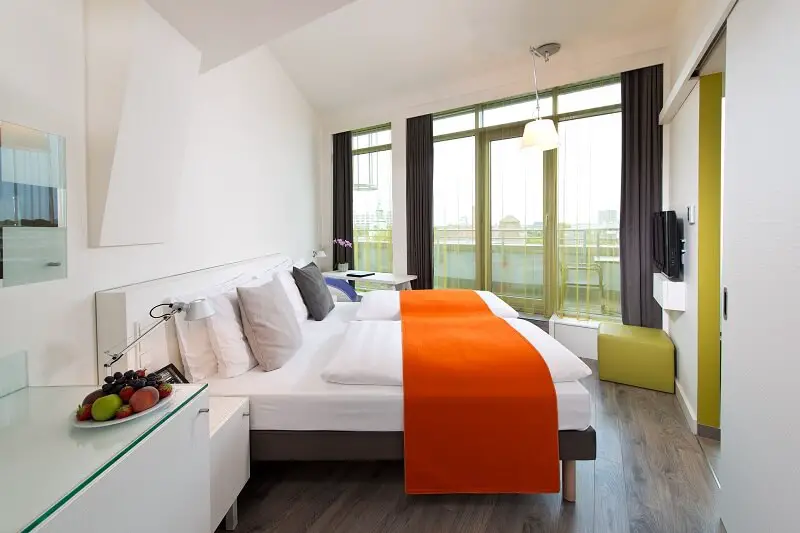
Since Berlin is world famous for its artistic side, it has a number of unique hotels which combine art with functionality. Possibly the most bohemian accommodation in Berlin is Arte Luise Kunsthotel with rooms and hallways designed and decorated to imitate an Art Gallery. This centrally located hotel is priced fairly considering its uniqueness. Double rooms can often be found for under $100, provided you book early enough!
If you’re looking for something more bizarre, check out Propeller Island City Lodge which has a wide range of UNIQUE rooms available. It certainly pushes the line between accommodation and art with washbasins made out of beer barrels, prison cell-like rooms, a “floating” bed, nude art, a bathroom hidden in an old wardrobe, and coffins to sleep in.
Easy Travelling Around Berlin
Crowded, like any other capital of the world, Berlin has a very well-organized infrastructure. Buses, trains, subways trains, taxis, and bikes to rent, plus numerous transport facilities allow visitors to make the most out of their travel experience.
Note:
Buses in Berlin show travelers the time left until the next stop
There are no delays in Germany’s efficient capital.
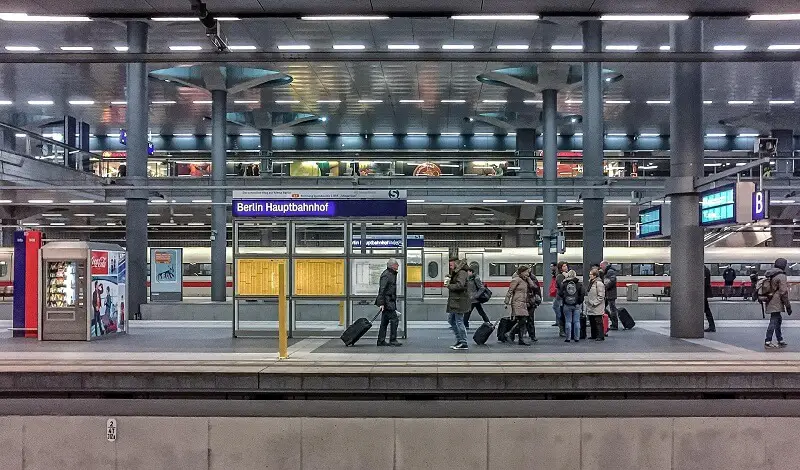
The Tegel Airport has a direct bus line to the city center and also a train line with a stop in “Alexanderplatz”. The Airport Express covers the distance between the Central Station and the Schoenefeld Airport.
The Berlin transport system is easy to use. There are single-ride tickets (valid only for 2 hours!), group tickets, day tickets, and 4 trip tickets. The capital is divided into three fare zones (A, B, and C) each having a different price for tickets.
Tips:
- Children under six-years-old travel for free.
- Children between 6 and 14 can travel with reduced-fare tickets.
- Dogs are allowed, but with reduced fare tickets
- The Berlin Welcome Card offers entrance discounts to the most important sights in the city.
- Keep an eye on the taxi bikes near Brandenburg Gate; possibly the strangest bikes ever, they have several wheels and six to eight seats (one is for the tour guide).
Tourists can buy tickets from vending machines and counters located in all stations. More information on public transport can be found on this site.
Where and What to Eat in Berlin?
Even a common action like eating has a touch of originality in Berlin. The numerous ethnic groups present in Berlin allow visitors to indulge in dishes ranging from Sudanese peanut sauce to thick Russian soup.
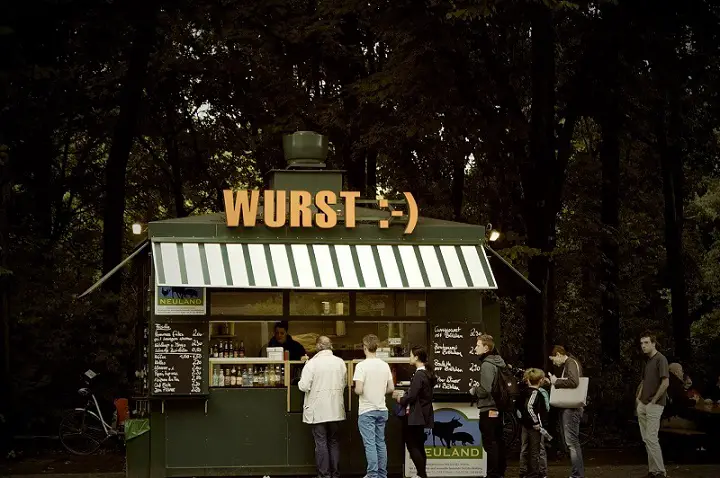
Here are some top 10 culinary experiences in Berlin:
- Berlin Food Tour by bike is an amazing experience that combines cycling, sightseeing, and top cuisine.
- Friedrichshain Neighborhood comes to life with countless food options from around the world.
- Hummus and Friends with a menu based exclusively on hummus!
- Maximilians Restaurant is located close to Checkpoint Charlie and is famous for its Bavarian cuisine.
- Marjellechen serves dishes based on old Prussian recipes.
- Wok to Walk where clients can customize the dishes according to their preferences.
- Five Elephant is a hipster-like café with an aromatic cappuccino and forget-all-about-your-diet cream cakes.
- Currywurst is not a place, but an extremely popular dish; it is a pork sausage seasoned with ketchup and curry.
- The Berliner is a delicious dessert made of a doughnut fried in oil, filled with jam, and sprinkled with powdered sugar.
- Pretzels in Berlin are a tasty and light snack between meals.
Seriously, these are the best things to eat in Berlin!
Advice:
The streets are filled with food kiosks. Try to avoid them unless you really want a snack. Berlin has lots of places where you can get an amazing meal at a decent price.
Check this website to see what dining choices you have in Berlin.
What to See as A First Time Visitor?
The most important sights are rather crowded but they have an undeniable historical meaning.
The top places to see in Berlin include:
- The Brandenburg Gate
- The Holocaust Memorial
- The Berlin Wall and its East Side Gallery
- Tiergarten (the second-largest park in Berlin)
- Checkpoint Charlie
- Charlottenburg and its gardens
- Potsdamer Platz is a popular destination but I personally feel that it doesn’t live up to the hype
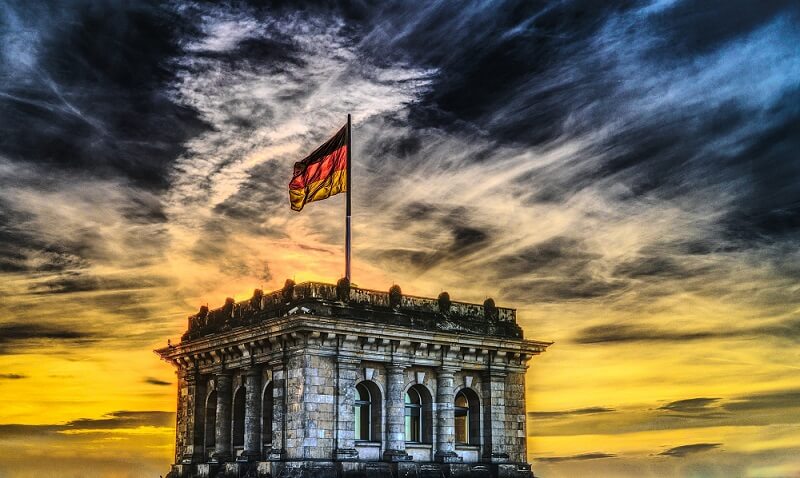
Tip: there is a free guided tour of Berlin which starts at the Brandenburg Gate.
After getting familiar with the atmosphere newbies to the German capital should look to explore off the beaten path.
These ideas will help you soak in Berlin’s atmosphere.
- Visit the Mitte neighborhood with its street cafes, luxury boutiques, and art galleries
- Tour the city in a Trabi car
- Go treasure hunting at one of the numerous flea markets
- Attend a free jazz concert at B-Flat
- Spend a few hours in Urban Spree and admire urban art at its very best
- Go cycling or jogging in Tempelhofer Freiheit
- Party all night long in the Kreuzberg neighborhood
Sightseeing tours allow visitors to discover lesser-known areas of Berlin. The user-friendly site Berlin Tours will help you tailor your stay on the banks of the River Spree.
What to Put in Your Suitcase for Berlin?
A complex city like Berlin needs time to understand. I would recommend a one-week stay at the minimum. Longer stays will naturally let you discover parts of the city that most visitors don’t experience.
When packing don’t forget:
- Clothes to match the season
- Comfortable shoes for walking around
- A camera – what good is travel without memories to share!
- Euros (bring some for your transport into the city, the rest can be exchanged at a bank or atm)
- Adapters and converters for your phone and electronics
- Patience (absolutely necessary for waiting in line or trying to decipher German writing – not everything is translated into English!)
It is also helpful to learn some German words and expressions:
- “Sprechen sie Englisch?” (Do you speak English?),
- “Ich verstehe das nicht!” (I don’t understand!),
- “Wie viel kostet das?” (How much is it?)
- “Prost!” (Cheers!)
It is impossible not to fall in love with Berlin – a city which advertises itself as “Arm aber sexy” (Poor but Sexy).
Travel On
Read more of our travel guides for information on other cities around Europe and The World!
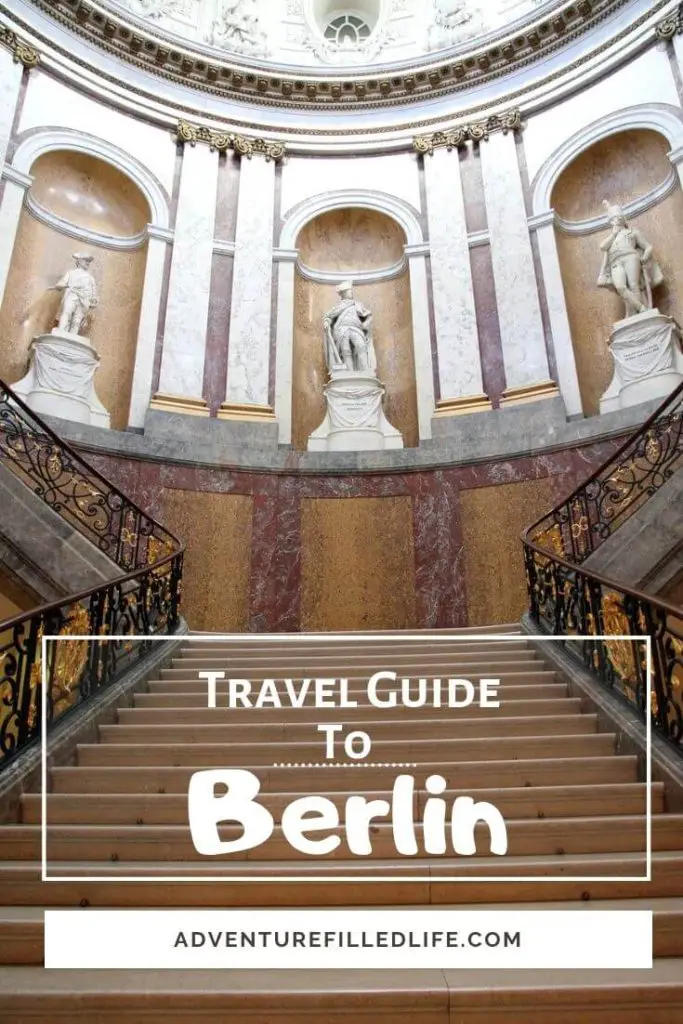

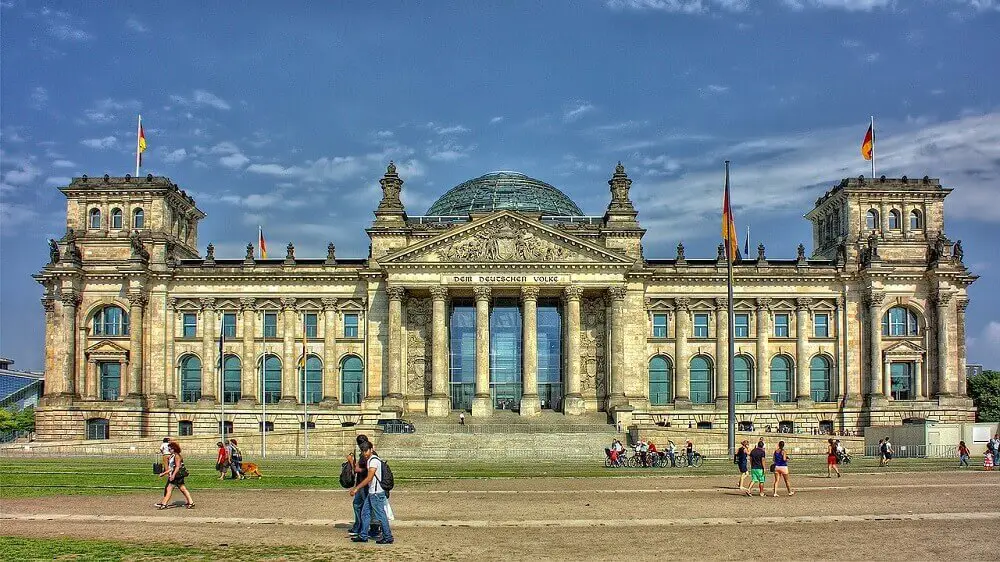
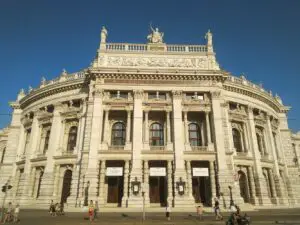
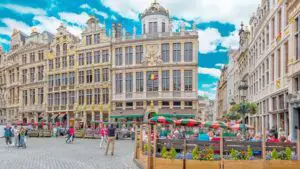




Wonderful suggestions! Thank you very much, specially for the packing tips.
Just want to say your article is great. The clearness in your post is cool and I assume you know a lot on this subject. Thanks a million and please continue with your posts.